Many Americans Don’t Understand What to Do with Compostable Packaging. Here’s a Solution.
February 20, 2024
As countries and corporations get one year closer to their own deadlines for meeting major climate targets, there are some important pathways to emissions reduction that cannot be ignored. Food waste mitigation is one of them.
Roughly one-third of the world’s food is wasted each year––a loss estimated at $230 billion. Nearly 60% of the uncontrolled methane emissions from municipal landfills are caused by discarded food, highlighting its significant impact on the environment. To address the urgent food waste and climate challenge, demand for organics circularity is rising, and with it, the volume of food-contact compostable packaging––a market poised to grow 16% annually in the U.S. until 2032, 4x faster than traditional plastic packaging.
Certified, food-contact compostable packaging can enable the diversion of food waste from landfill and support a circular economy. If food packaging filled with food scraps is properly recovered and sent to composting facilities, then this food wouldn’t end up emitting greenhouse gases in landfills. The food and packaging would also be converted into nutrient-rich compost. But if certified compostable packaging is not appropriately collected and processed into compost after it’s used, more waste is created.
We often hear that there is a lack of recovery infrastructure for compostable materials. The reality is, U.S. composting infrastructure is in the middle of transitioning from processing just yard waste to accepting more types of inputs, including post-consumer food waste and food-contact compostable packaging. Today, 70% of the 200 full-scale composting facilities that process food waste already accept and process some forms of compostable packaging. Plus, 15 million Americans have access to organics collection, a dramatic 49% increase in access since BioCycle’s last survey in 2021.
For food-contact compostable packaging to be successful in the market today, labeling and design need to be aligned so that consumers throw packaging in the right bin, and composters can easily process these materials. Yet, data shows that some labels confuse consumers, who mistake packaging as compostable when it’s not, or misunderstand where to dispose of that packaging at the end of its use.
Without policies that drive clear, standardized labels and instructions on where compostable packaging needs to go after it’s used, a lot of it ends up in landfills or contaminating recycling streams. Conversely, non-compostable look-alike products and packaging can make their way to compost facilities where they end up contaminating the soil. These look-alikes are the primary contamination challenge in the organics stream.
To address this challenge, the Composting Consortium, led by the Center for the Circular Economy at Closed Loop Partners, and the Biodegradable Products Institute (BPI) embarked on a joint study to test different packaging label and design approaches, and how these inform consumers’ assumptions on what to do with compostable packaging after it’s been used. The findings can inform policies that better support labeling practices and standards for both compostable and non-compostable packaging. In the U.S. today, five states have compostable packaging labeling laws, including Washington, California, Colorado, Minnesota and Maryland. Other states, like Virginia and New Jersey, recently introduced laws that would establish recycling labeling requirements.
Until this study, this information on American consumers had not been publicly available. The Composting Consortium and BPI released the findings in a first-of-its-kind industry report. Here’s a snapshot of what the data reveals:
- Nearly 1/3 of respondents say they would place compostable packaging in the recycling bin
Compostable packaging is not designed to be recycled at a material recovery facility (MRF) and can contaminate the recycling stream if intermixed with fossil fuel-based plastics. Compostable packaging that mistakenly ends up in recycling streams loses a significant portion of its value and creates a contamination challenge that impedes the recovery of valuable recyclable materials. Cross-contamination of the recycling and composting streams is an expensive operational challenge and would pose significant risk to both industries. Brands that have set ambitious sustainable packaging goals are also impacted by inadequate collection and processing of these materials.
Our recommendation: Brands and municipalities should work together on educational campaigns and clear, on-pack messaging.
- Up to 50% of respondents say they would place packaging labeled as “made from plants” in the composting bin
“Made from plants” describes the materials used to make the packaging, not where the package should go at the end of its use. In fact, “made from plants” claims are commonly found on plastic packaging that should be recycled (i.e. PET made from ethanol derived from corn). Our study found that American consumers are especially confused by products and packaging that are not actually compostable yet have green or natural coloring, green tinting, or make claims such as “made from plants” without any context or disclaimer language. These plastic, non-compostable materials are virtually indistinguishable from their compostable counterparts.
Our recommendation: Brands and policymakers should support labeling policies that standardize clear, consistent consumer communications, design and labeling.
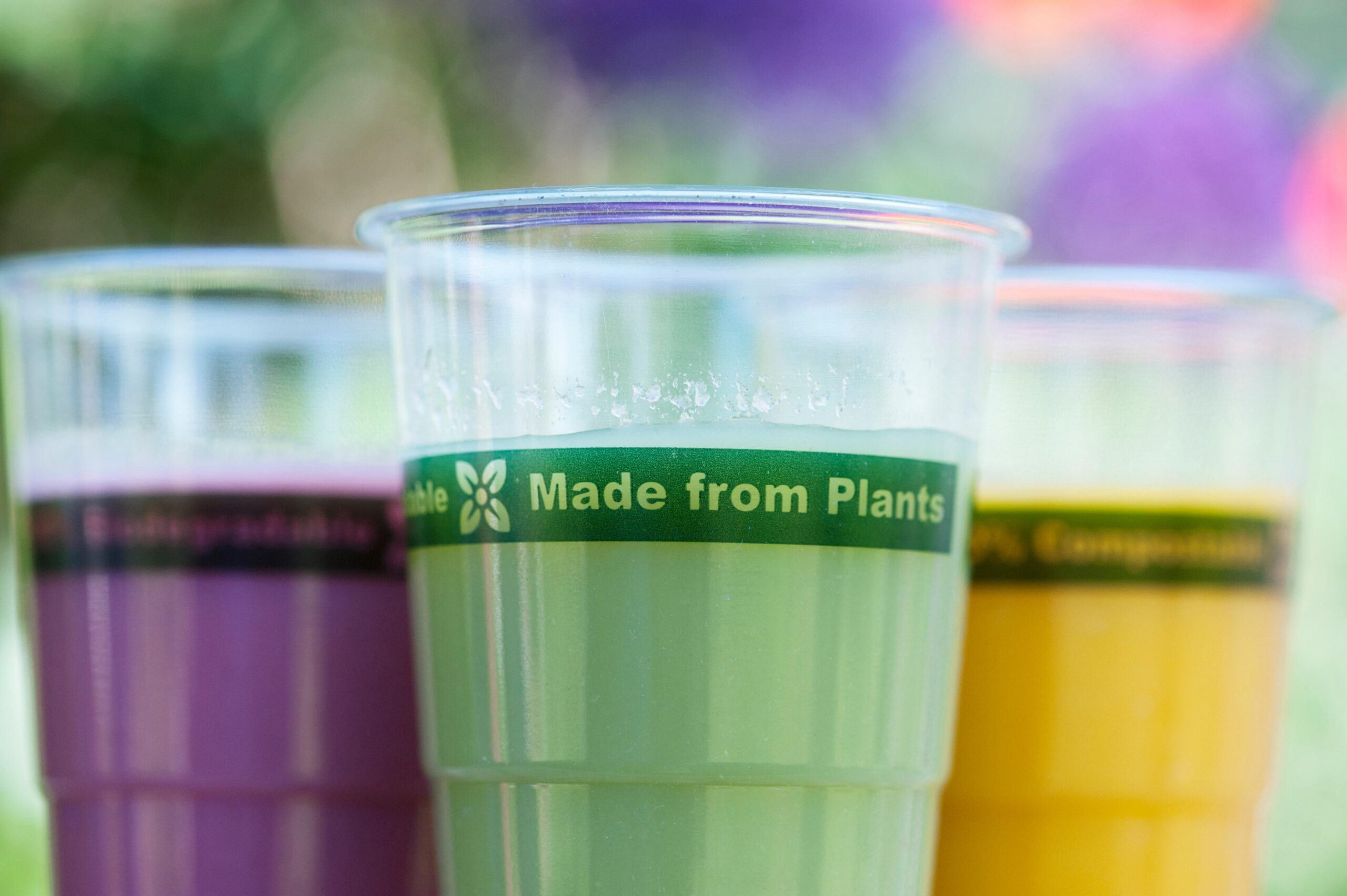
Source: Alamy
- Adding a trusted certification logo and larger “compostable” call out increases consumers’ ability to identify packaging as compostable by up to 22%
Our study finds that using at least two to three design elements that call out compostability on food-contact compostable packaging, such as the BPI certification mark, the intentional use of tinting and coloring, and a more prominent “compostable” call out, is most effective for consumer understanding.
Our recommendation: Brands and manufacturers should refer to the Composting Consortium’s latest report and BPI’s Industry Labeling Guidelines for specific examples of packaging design strategies that improve consumer identification, increase recovery of compostable materials and mitigate contamination at facilities.
Coming this month: A new report from the Composting Consortium on contamination rates at different composting facilities! Sign up for a webinar to learn about our findings here!
Without standardized labeling, misleading designs and claims will continue to cause consumer confusion. This research provides insights to brands, manufacturers, consumers, policymakers, municipalities, composters and other stakeholders on effective design and labeling techniques that could improve the diversion of food-contact compostable packaging to the right material stream. While these new findings shed light on the issue, this is just the beginning. As the composting space rapidly evolves, complementary studies will be critical to advancing the recovery of compostable packaging––a critical path to reducing food waste and greenhouse gas emissions.
Learn more about these findings in the latest report from the Composting Consortium and BPI here: https://www.closedlooppartners.com/research/us-consumer-perception-of-compostable-packaging/.
Related posts
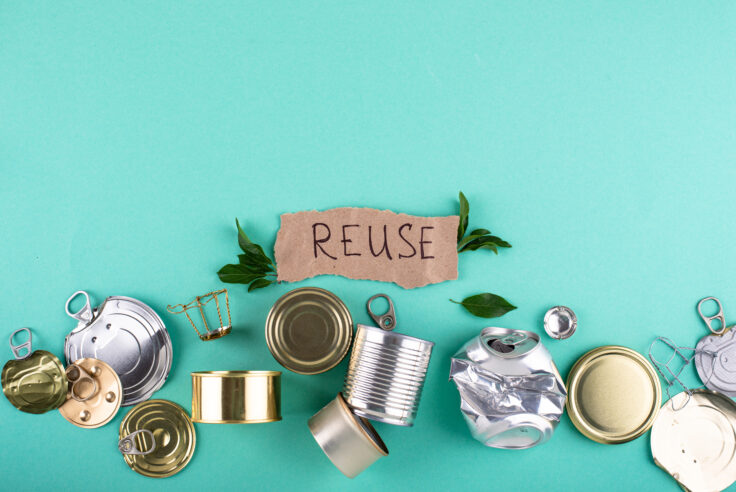
Blog Post
For Reuse to Work, Language Matters
A quick guide to messaging for reuse programs and getting...

Press Release
Closed Loop Partners Adds New Private Equity Managing...
Daniel Phan joins the circular economy-focused firm...
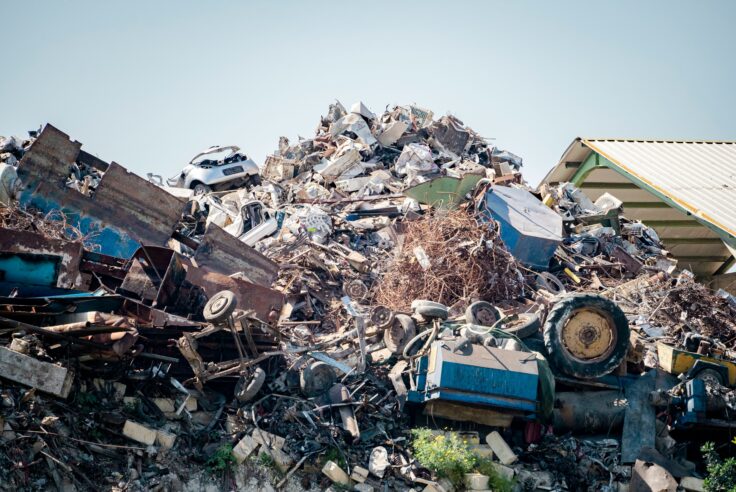
Blog Post
The Hidden Value of Scrap Metal: Why Local Recovery...
VALIS discusses circularity of metal processing, and...

Press Release
Closed Loop Partners’ Composting Consortium Launches...
The grant program for composters and communities comes...

Blog Post
How AI Can Reduce Food Waste at Restaurants
Closed Loop Ventures Group led the seed investment...
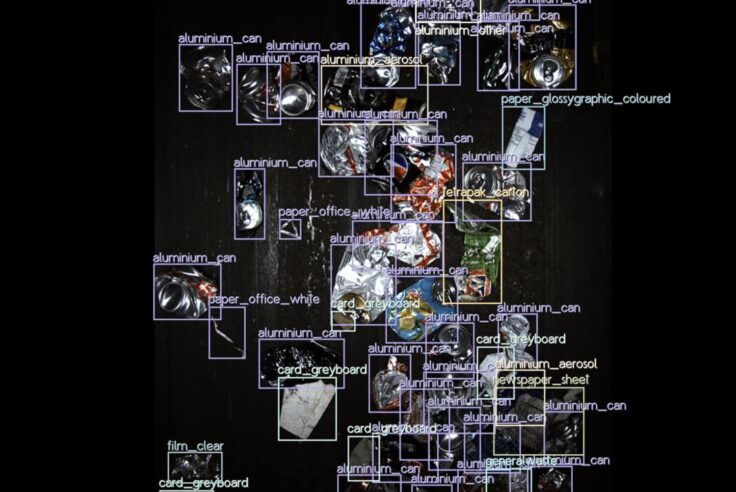
Press Release
New Data Reveals High Quantities of Food-Grade Polypropylene...
Closed Loop Partners’ Center for the Circular Economy...
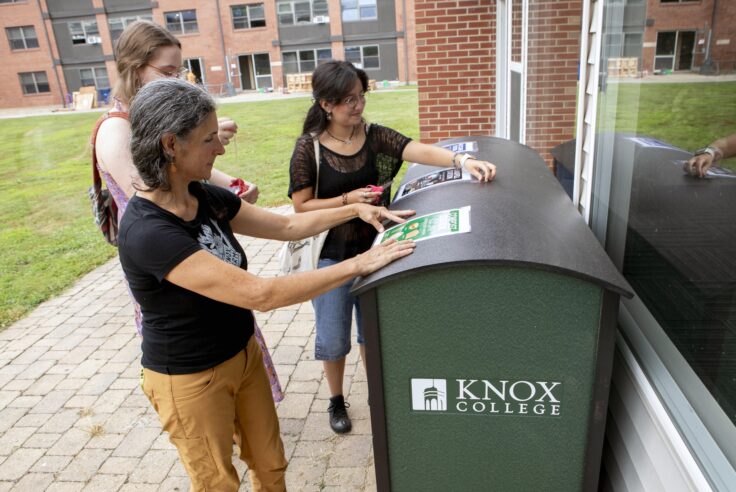
Blog Post
Keeping Compost Clean: Tools to Help Reduce Contamination...
The Composting Consortium interviews EcoProducts to...
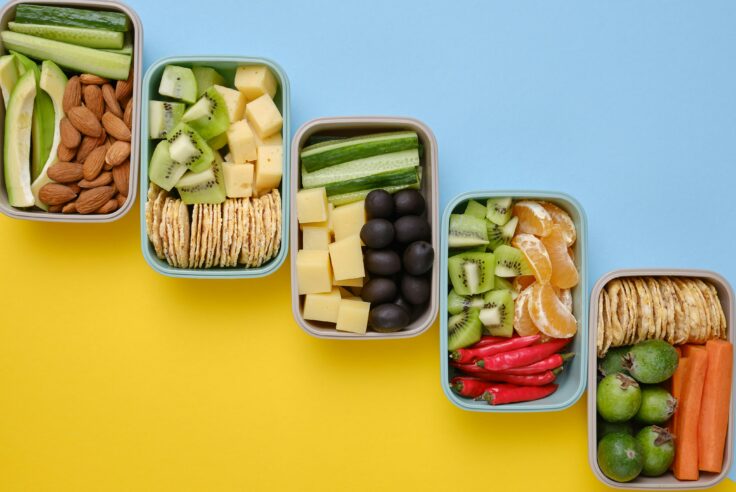
Press Release
Closed Loop Partners and U.S. Plastics Pact Identify...
Packaging types primed for reuse lay the groundwork...
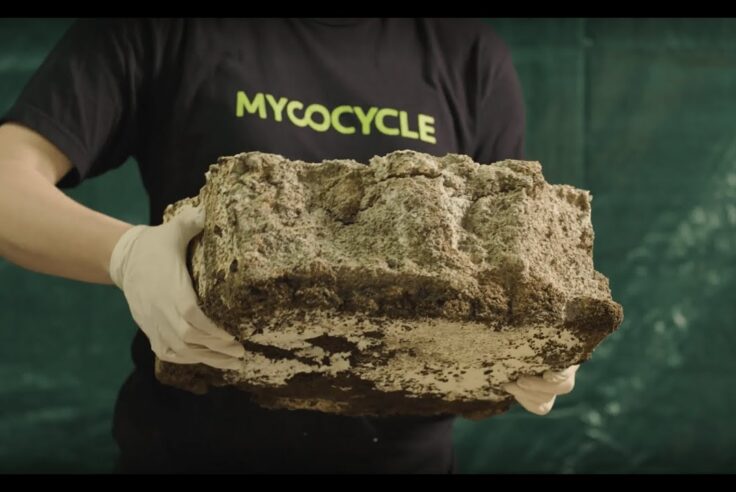
Blog Post
Why We Invested in Mycocycle: Nature-Inspired Circular...
Closed Loop Partners’ Ventures Group saw a key opportunity...
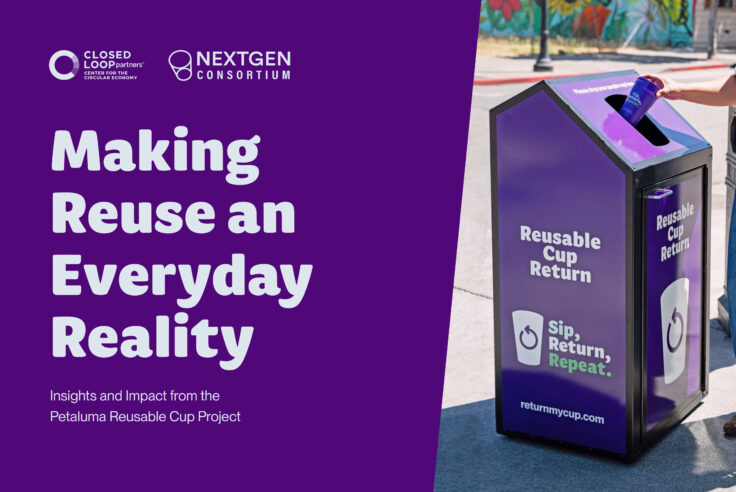
Press Release
Groundbreaking Results From Citywide Petaluma Reuse...
The Petaluma Reusable Cup Project from the NextGen...
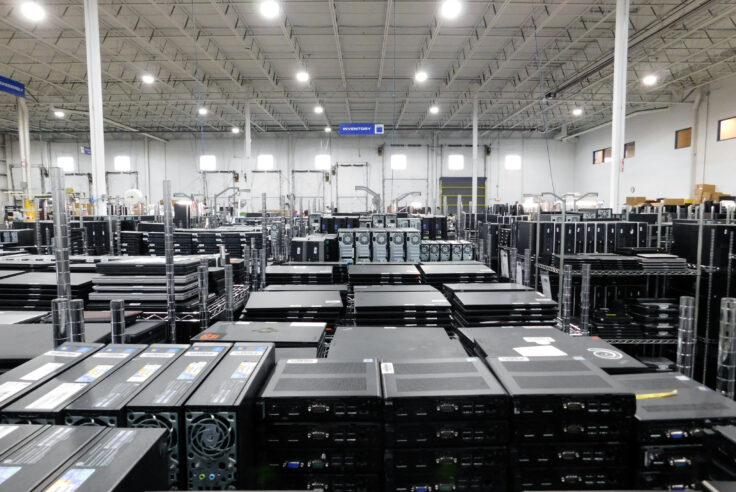
Press Release
Closed Loop Partners’ Portfolio Company, Sage Sustainable...
The bolt-on acquisition scales Sage’s end-to-end...

Press Release
Closed Loop Partners Unveils Groundbreaking Findings...
Closed Loop Partners’ Center for the Circular Economy...
